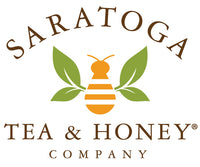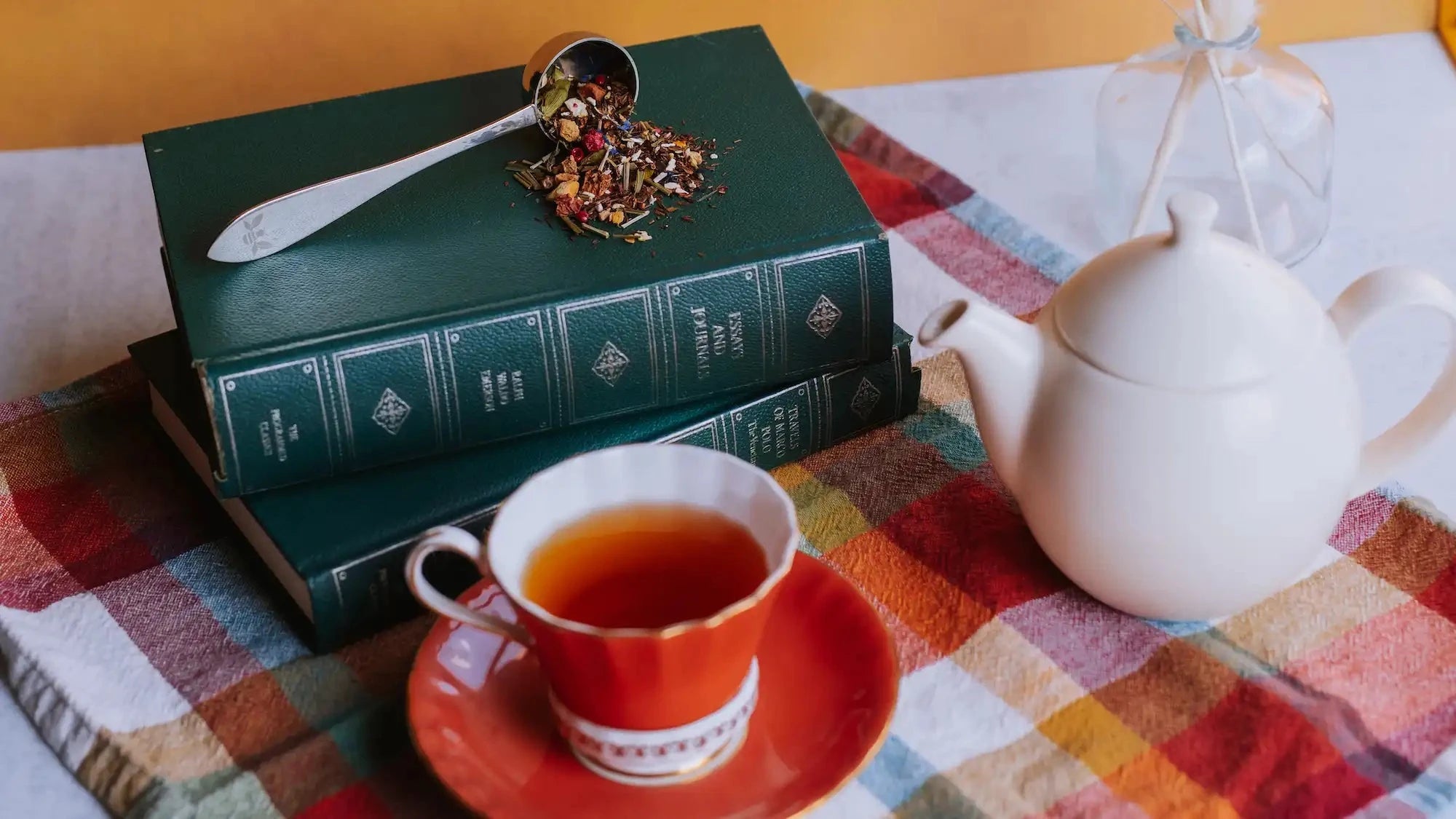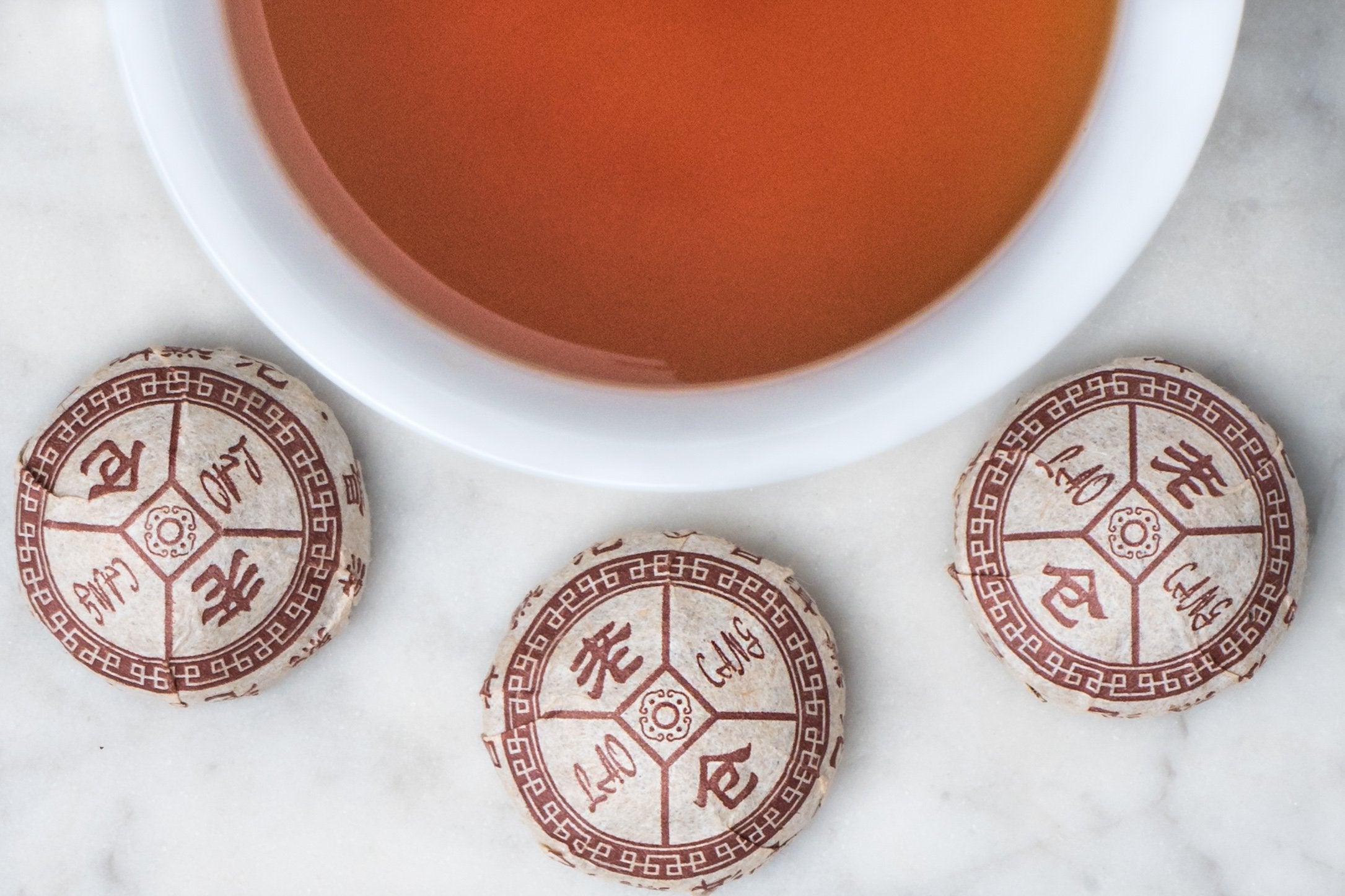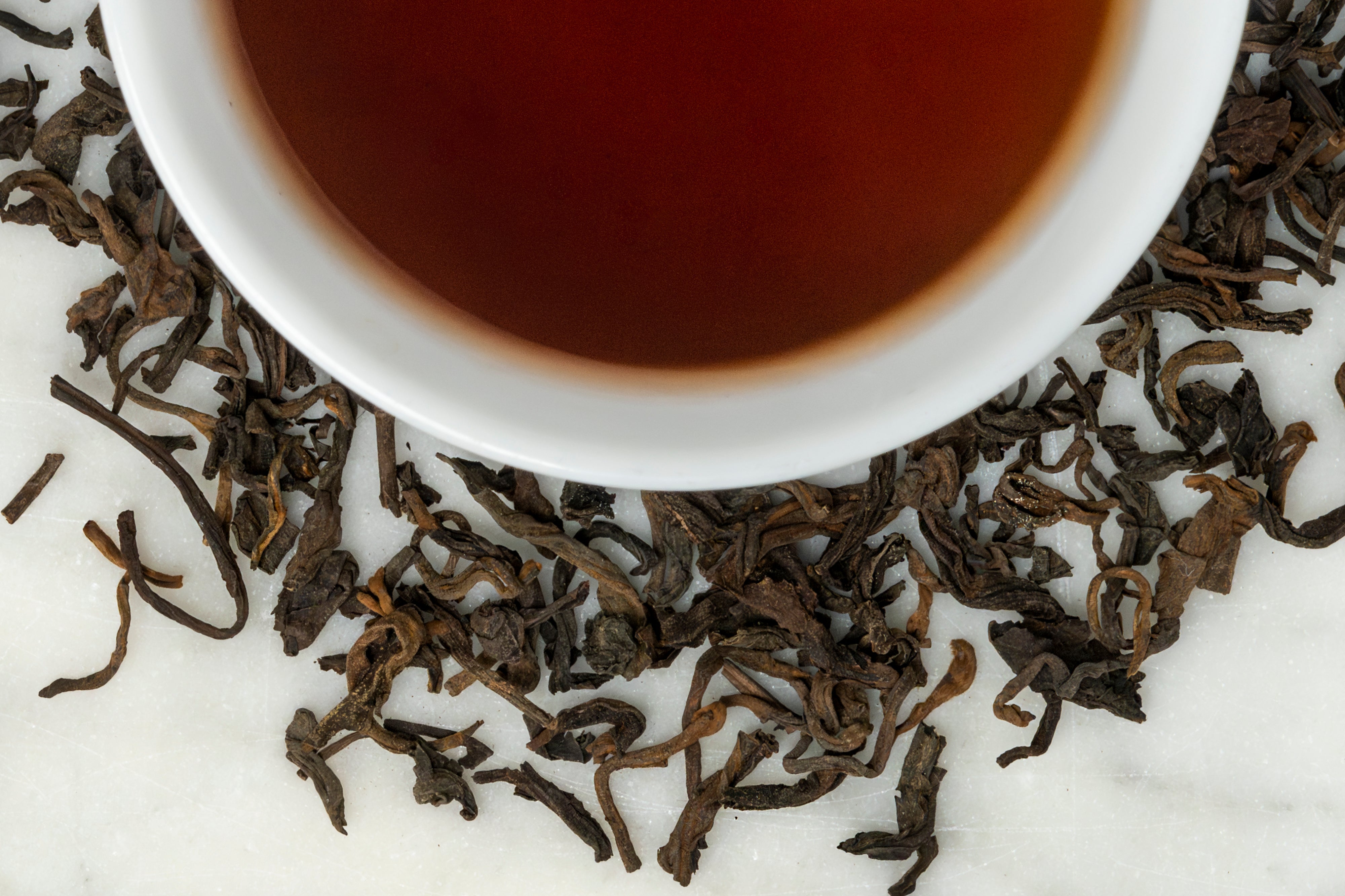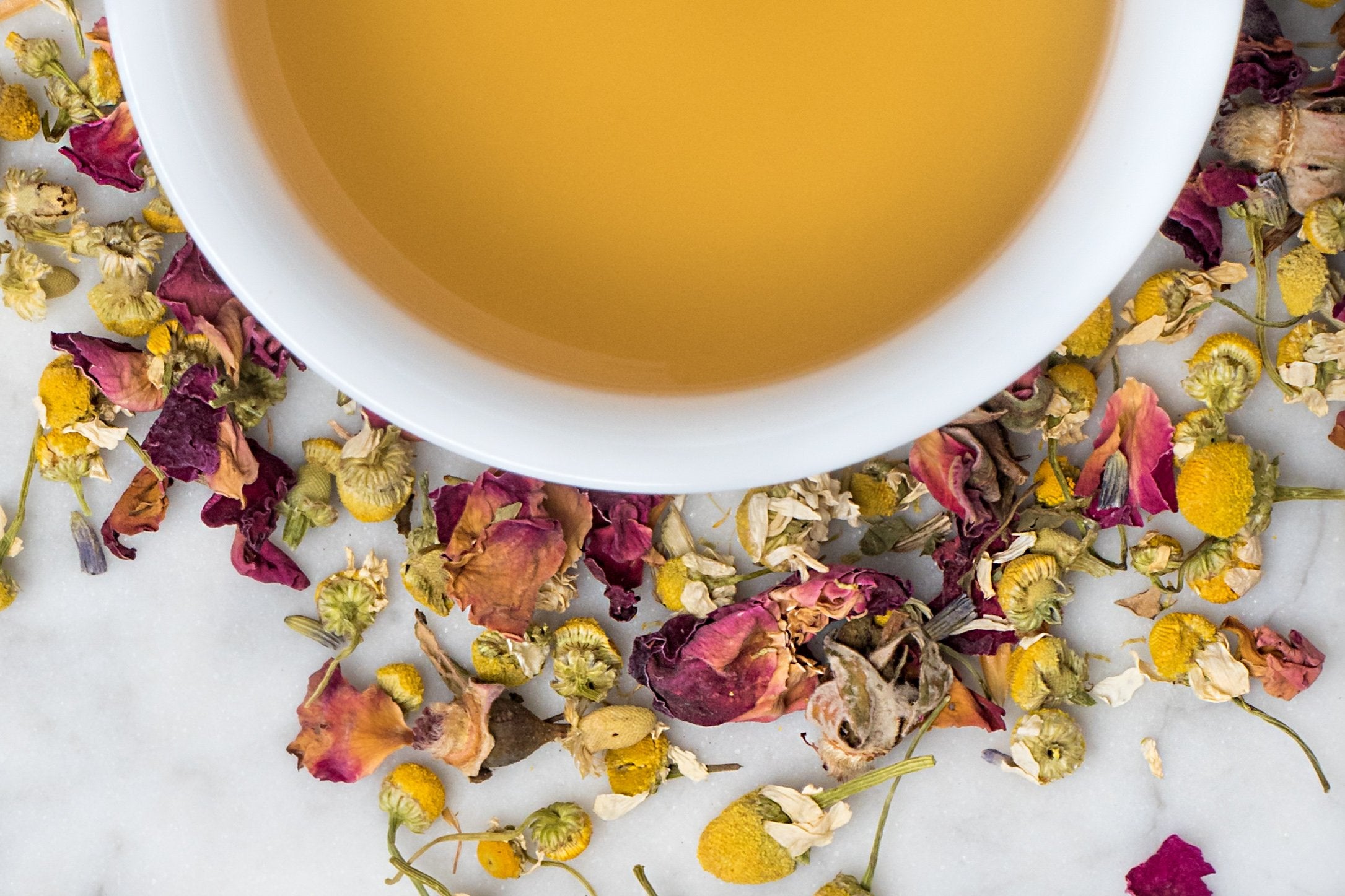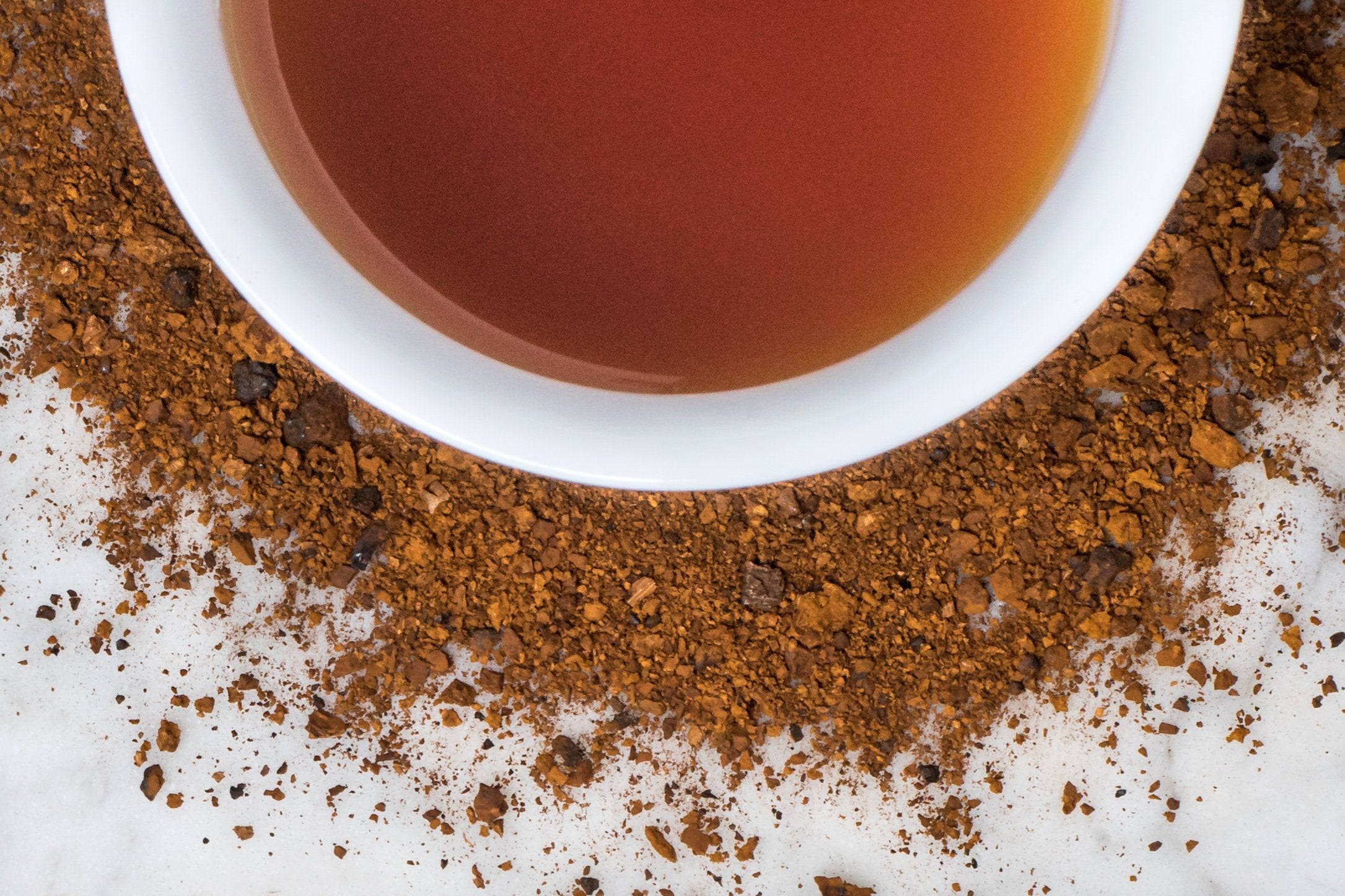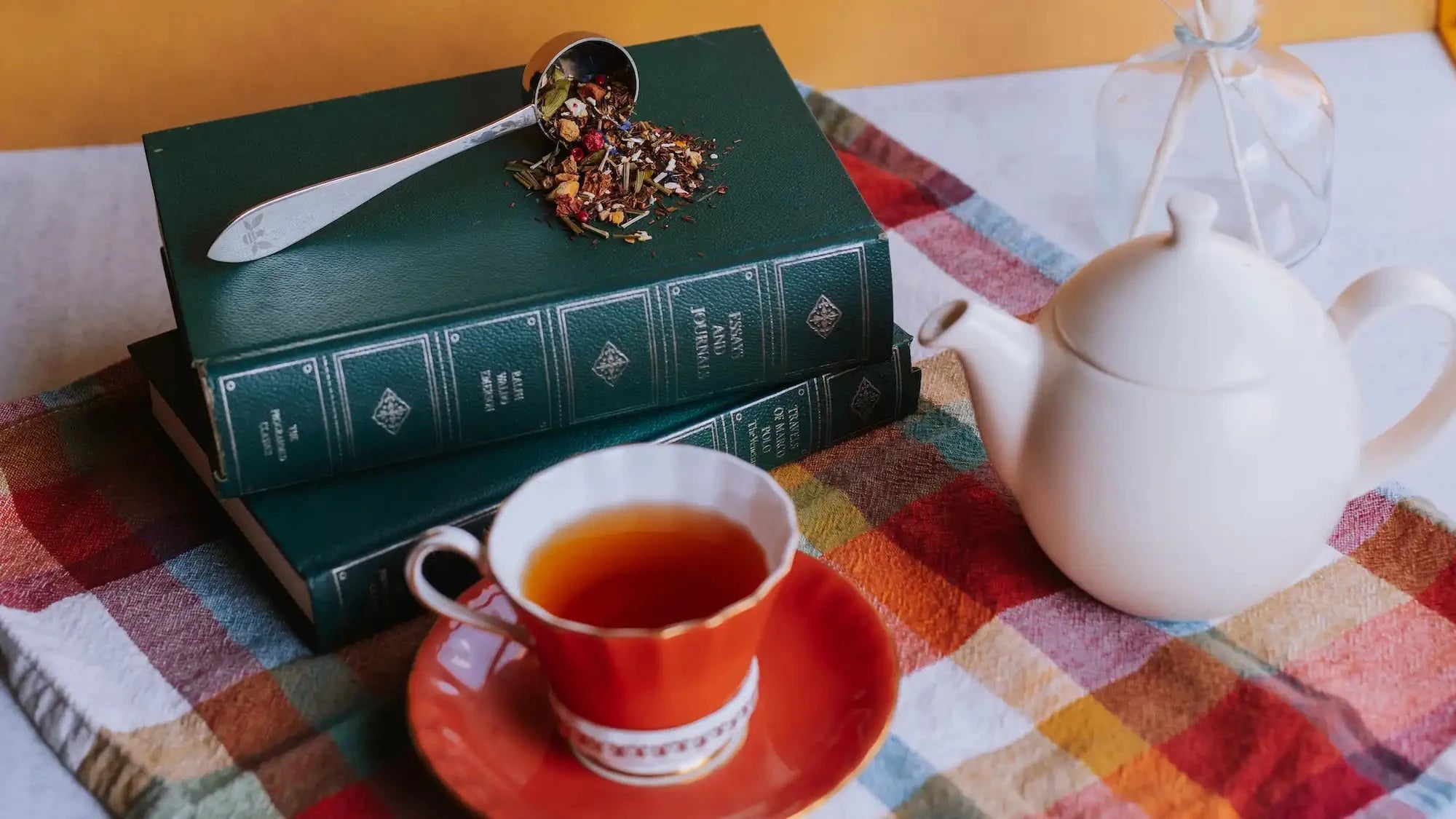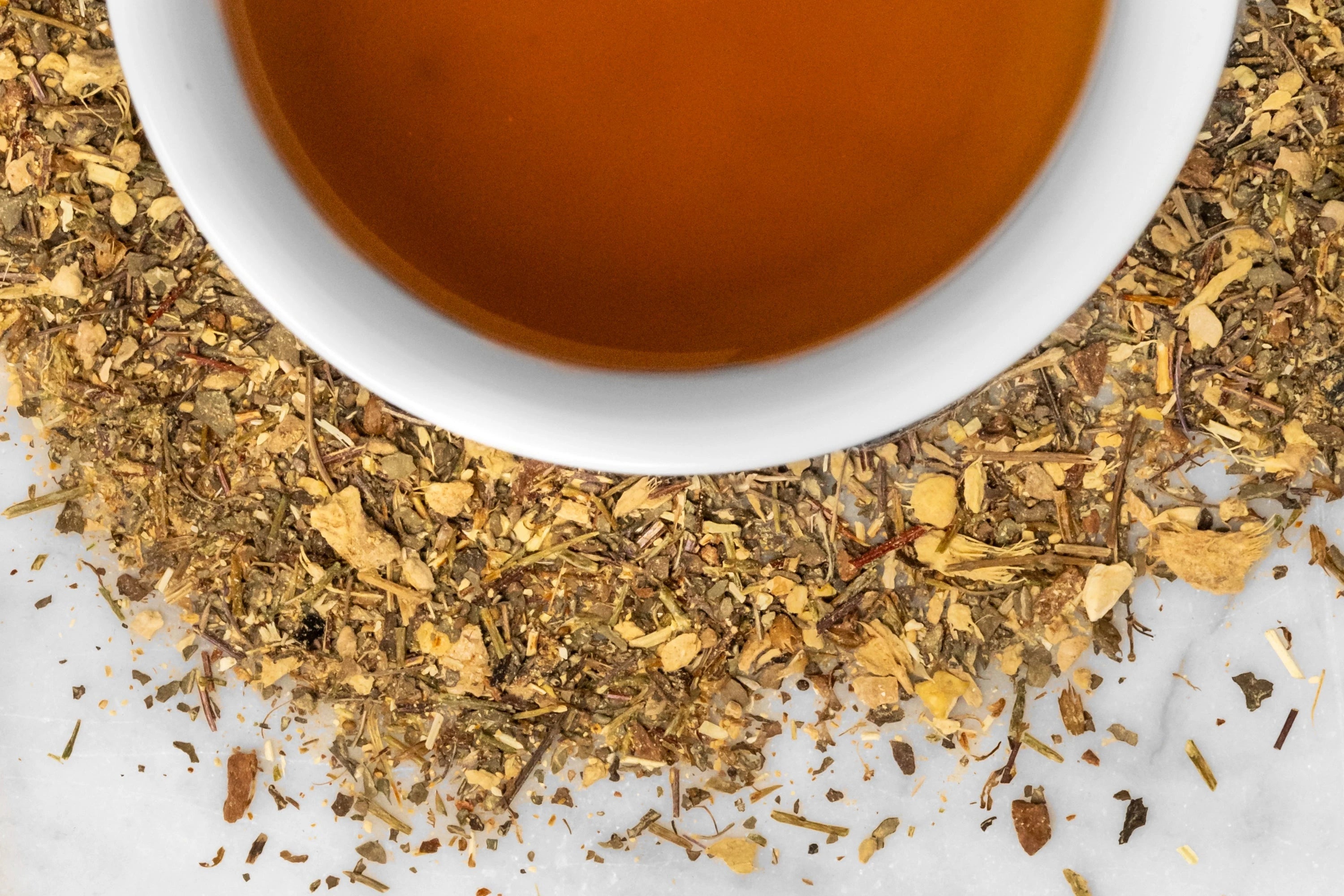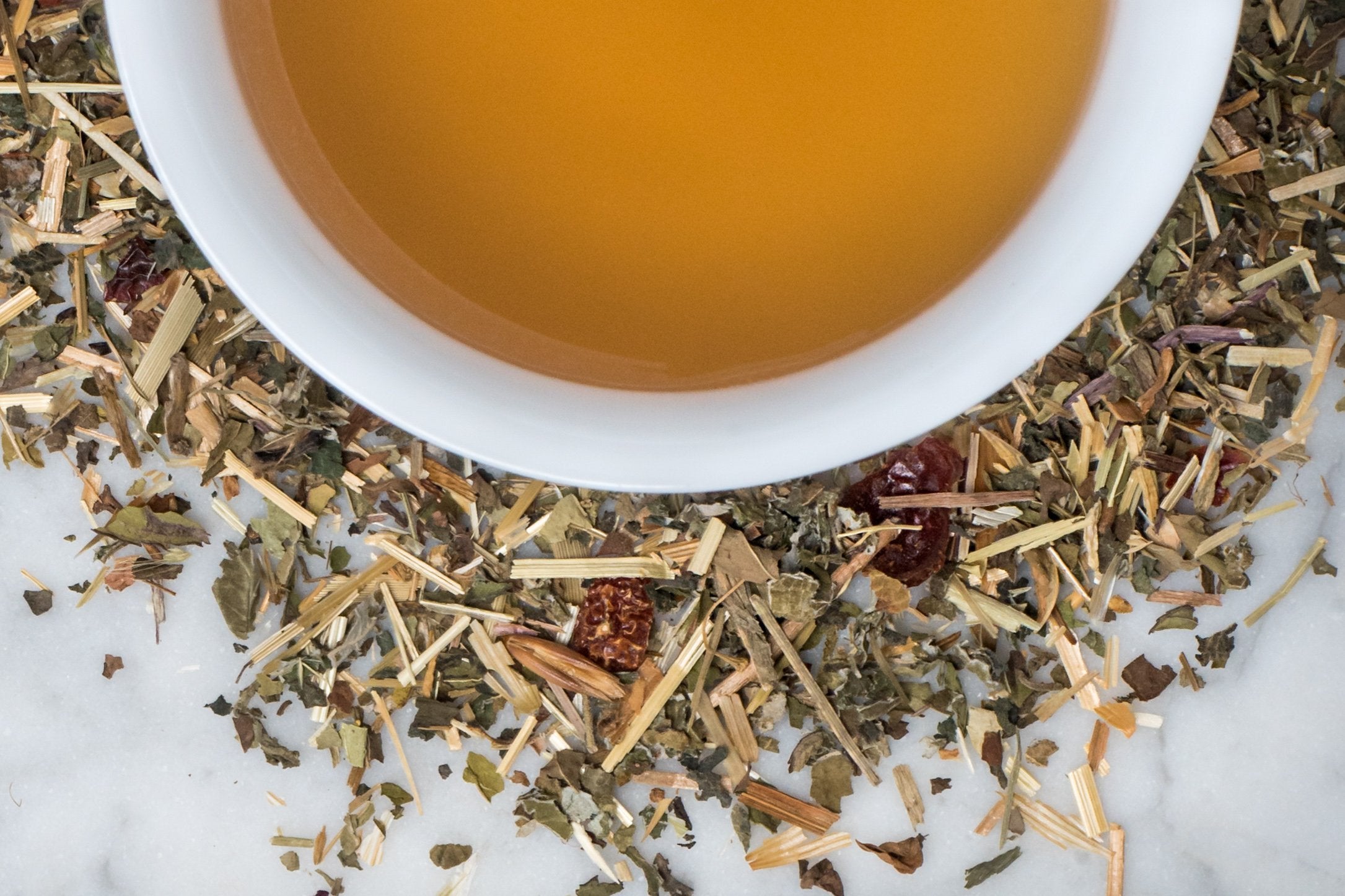What is Tea?
What is Herbal Tea?
Whether you like a soothing cup of Chamomile before bed or a bright and fruity infusion like our perennially popular Crimson Berry, there's no denying that naturally caffeine-free Herbal Teas are a staple of tea cabinets - and sometimes medicine cabinets - around the world. But what is Herbal Tea, and is it tea at all?
A Contradiction in Terms: Is Herbal Tea Actually Tea?
Herbal Tea is a catch-all category that many of us in the US use to describe what might be more "properly" termed Herbal Tisanes or Herbal Infusions. Over the centuries, and perhaps due a bit to 20th century marketing, we've collectively taken to calling any infusion of leaves, fruits, berries, etc. Herbal Tea. Perhaps it is a natural evolution of language to encompass what our senses perceive as yet another type of tea (as opposed to Green, Black, Oolong, White, or Aged Teas), despite the fact that Herbal Teas do not contain so much as a single actual tea leaf from the camellia sinensis plant. Perhaps coffee (a.k.a. bean water) just has tighter marketing.
Whatever the reason, despite not technically being tea (since it does not contain the tea plant, camellia sinensis) Herbal Tea is one of the most popular categories of infusions in the world and in our store. If you're looking for Herbal Tea outside the US, you will largely find them referred to as Herbal Tisanes (this is also how we refer to them in our shop).
Herbal Teas for Wellness
History of Tisanes as Herbal Remedies
Before the advent of modern medicine, Herbal Tisanes were often used by peoples of all societies to treat everything from fevers to aches and pains. Willow bark tea, for example, was used as a pain reliever and fever reducer for centuries and is the basis for modern Aspirin. Our collection of Herbal Tisanes contains a number of natural remedies, including Chrysanthemum Flowers (used in Traditional Chinese Medicine for the common cold, fever, and headaches), Adirondack Chaga (used by both Siberian and Native American tribes for centuries before modern science discovered its possible benefits to blood sugar levels, blood pressure, and anti-inflammatory properties), and other blends with wholesome ingredients like turmeric, stinging nettle, holy basil, and more.
Brewing herbs, leaves, bark, mushrooms, fruits, etc. in boiling water is one of the best ways to extract their benefits as well as their delicious flavors, so it is no wonder Herbal Tea has been a popular drink for time immemorial!
From $ 1.75
From $ 4.00
From $ 1.55
From $ 3.25
What Do Herbal Teas Taste Like?
Creating the tasting notes for our herbal tisanes is one of the hardest jobs at the shop. Sometimes it feels like we're just listing the ingredients out in a different order and not actually capturing the true essence of the infusion. This is because Herbal Tisanes, for the most part, taste like their ingredients, yet just like Aristotle wrote: the sum is greater than the parts.
That's why we often describe the feeling that Herbal Tisanes give rather than the actual taste. If you've tried a decent number of foods and tisanes, you probably know how you feel about individual ingredients like chamomile or hibiscus. But what the individual ingredients cannot convey is how they will taste together. Our Wild Taiga, for example, tastes like Christmas with his top notes of fir and labrador tea and bottom notes of chaga and wild blueberry. Field of Dreams may be a chamomile-based blend, but the real winning flavors in this tisane are the lemon, peppermint, and lavender that combine to give the tisane a restorative note that none of the ingredients truly effect on their own.
When choosing an Herbal Tisane, we encourage you to look at the ingredients and consider how the different flavors might meld together. If you're not typically a rooibos fan, but love chai for example, consider how the round, vanilla notes of rooibos might be enhanced and somewhat masked by the many and plentiful spices in Saratoga Red Chai to create a warm and robust cup that successfully mimics black tea chais.
You may find that with large tisanes like Chrysanthemum or La Vie En Rose you only need a few of each flower to brew a beautiful cup. For denser tisanes like Fountain of Youth, you may prefer your cup with a slightly higher amount of tea to water.
Play around with your steep times, ratios, and water temperatures to find your perfect cup!
(Note: for iced herbal tisanes, we recommend starting the tisane hot and then steeping in the fridge overnight to extract maximum flavor and benefit!)
From $ 1.55
From $ 3.25
From $ 5.00
From $ 1.70

